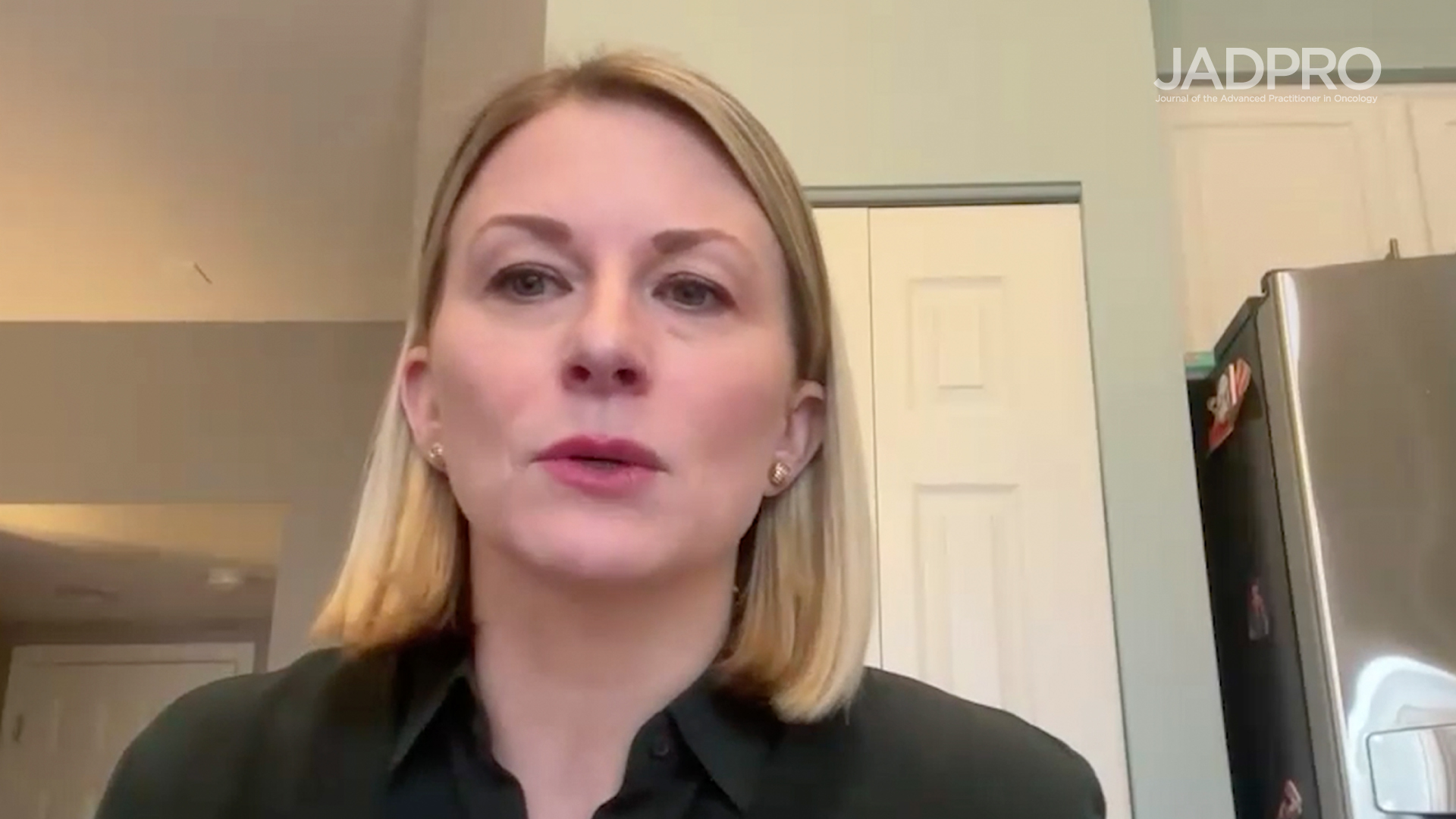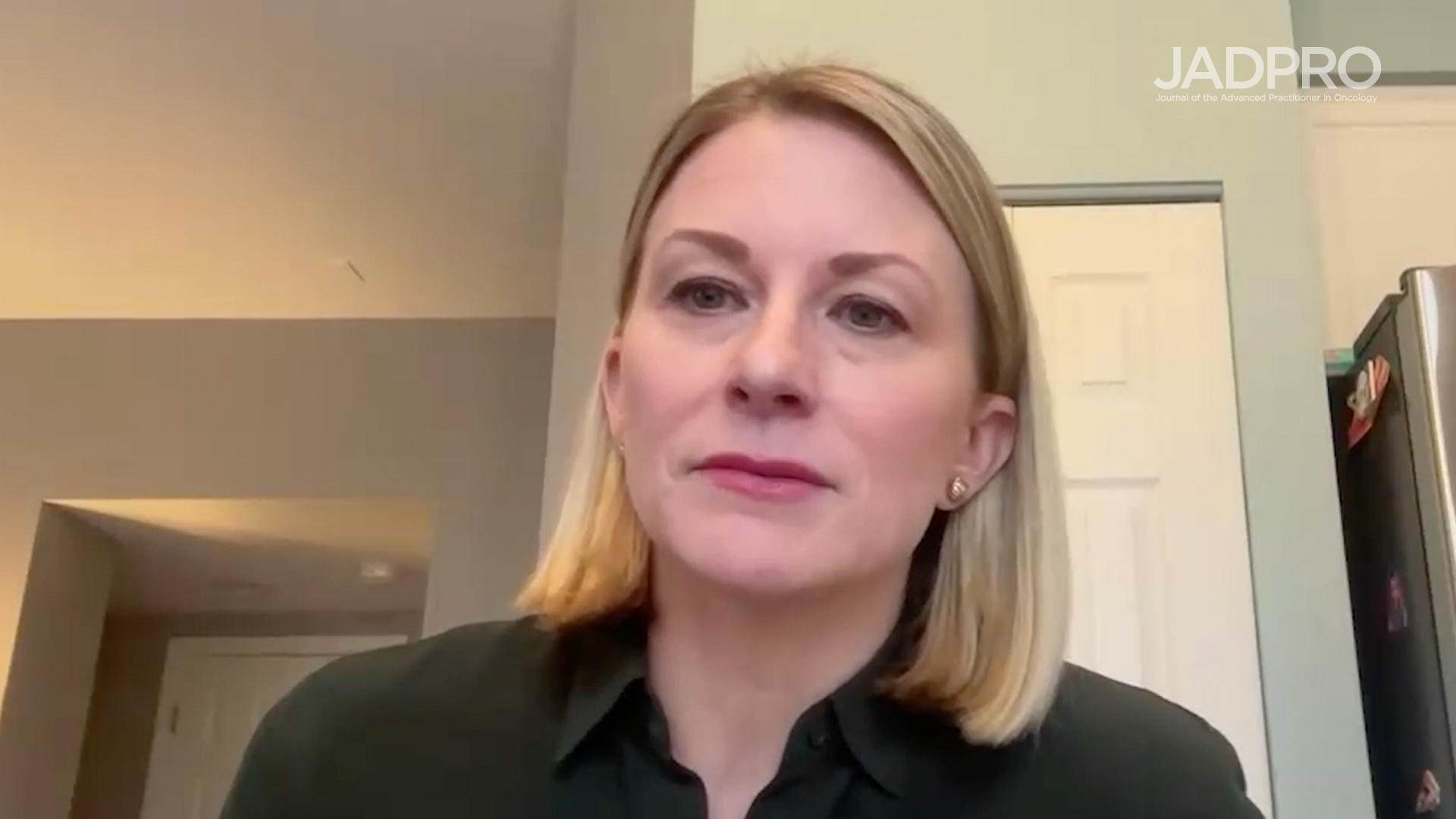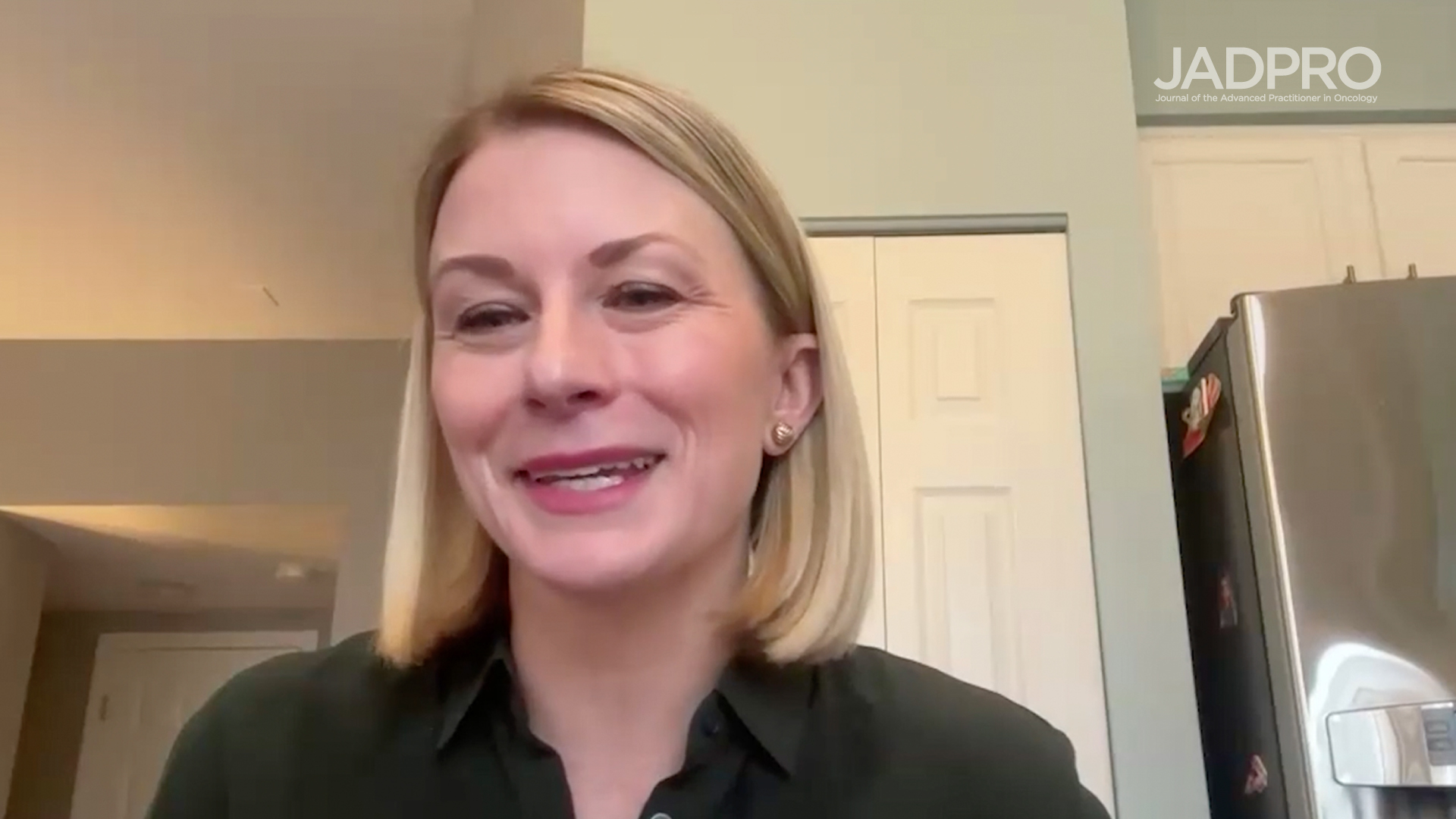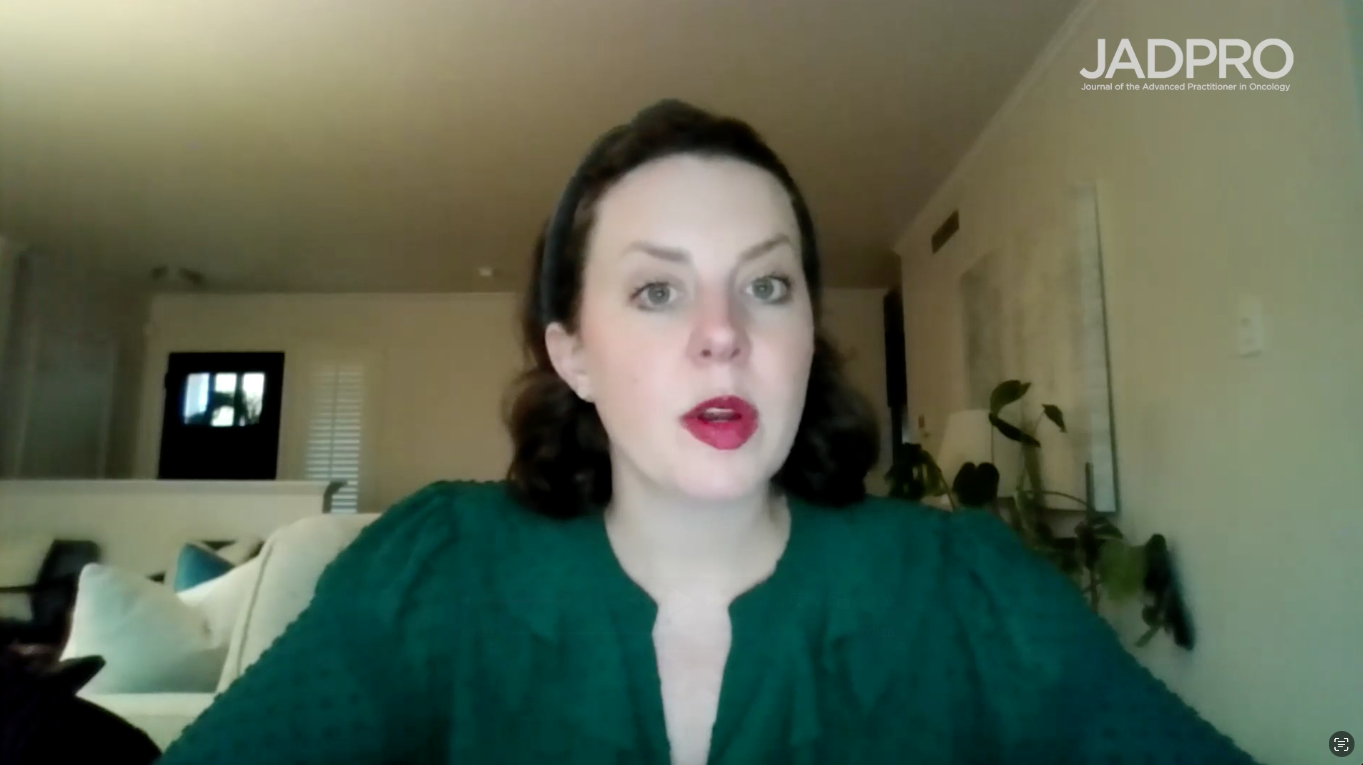Transcript
I'm pleased to be here today to review an abstract presented at the ASH Annual Meeting regarding GVHD: early safety and feasibility results from a Phase II trial of de-escalated post-transplant cyclophosphamide and ruxolitinib for GVHD prophylaxis in older patients undergoing reduced-intensity conditioning allogeneic transplant.
PTCy GVHD prophylaxis with tacrolimus and MMF has become standard care for patients receiving an HLA-matched and reduced-intensity conditioning transplant. GVHD control is relatively good, with around 25% of patients experiencing severe acute or chronic graft-versus-host disease. However, the regimen has significant infection risks, cardiotoxicity, and renal toxicity, which can be challenging for older patients.
The team de-escalated doses of PTCy and added prophylactic ruxolitinib to the treatment paradigm, aiming to lower toxicity rates and improve one-year GVHD-free survival in older adults. Qualified patients were over 60 years old, had hematologic malignancies (excluding primary myelofibrosis), and received HLA-matched transplants. The treatment schema included reduced-intensity conditioning prior to stem cell infusion, PTCy at a reduced dose (25 mg/kg on days +3 and +4), MMF (days 5–35), tacrolimus (days 5–90), and ruxolitinib initiated between days 30 and 60 post-engraftment, continuing for one year.
The primary endpoint was one-year GVHD-free survival, with secondary endpoints were GVHD relapse-free survival at one year, acute GVHD at day 100 and day 180, GVHD at one year, relapse and progression free-survival at one year, non-relapse mortality at 100 days in one year and overall survival. To date, 35 of 50 targeted patients have been enrolled, with 24 evaluable at day 100. All patients met engraftment criteria by day 30, with hematologic recovery occurring at a median of 13 days for neutrophils and 12 days for platelets. No deaths were reported at day 100, and median hospitalization was 21 days starting at the time of conditioning, shorter than the 24–25 days typically observed with full-dose PTCy.
Infections (grades 2–3) occurred in 9.8% of cases compared to 33% in previous studies in BMT CTN 1703, not a direct comparison but a lower incidence of infection. Ruxolitinib was initiated for 23 of 24 patients around day 35, with the investigators mainly wanting to wait until MMF fell off at that day 35. At the time of initiation, the ANC was 3.8 and platelets were 158,000 and only one patient had a hold of ruxilitinib due to neutropenia. By day 180, two patients required additional immunosuppression for chronic GVHD, and four experienced disease relapse. The six-month overall survival was 94%, with 88% at one year. There was two deaths related to disease relapse. We aren't seeing unacceptable toxicities with ruxilotinib and is feasible to administer without any acute GBHD events seen. Obviously they have some enrollment to continue to study and I think it will be exciting to see how we can use novel agents like ruxolitinib in our prevention of graft versus host disease on the front end and also look at our dosing schema for post transplant cyclophosphamide and what that looks like especially in our older patient population.











